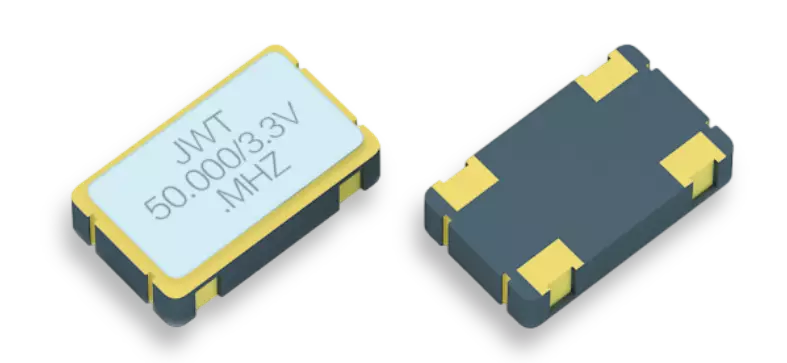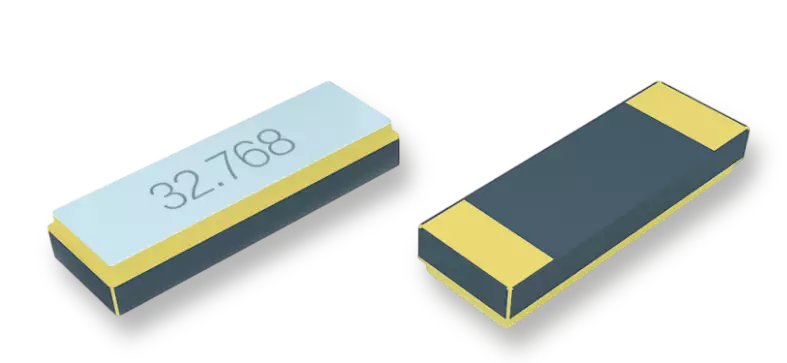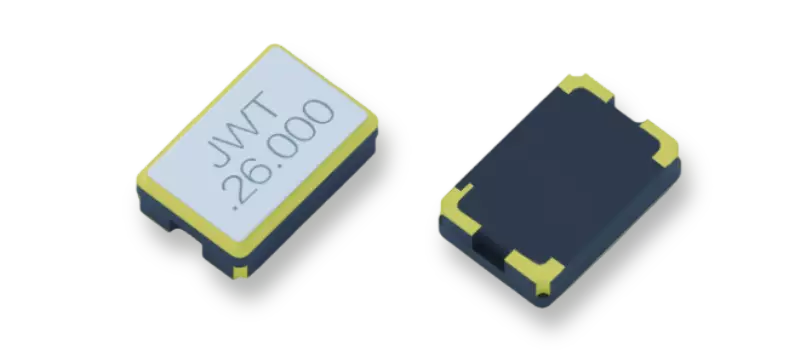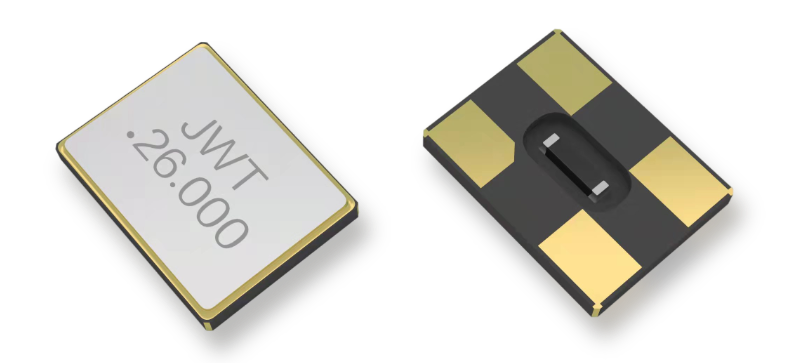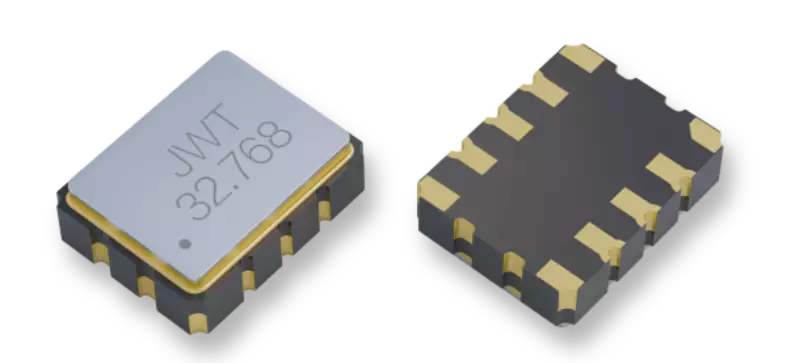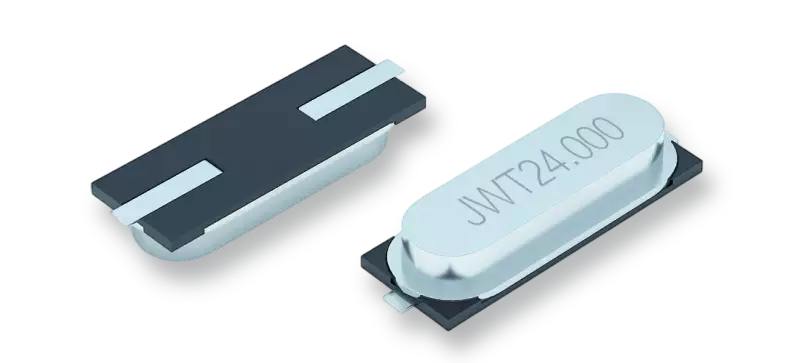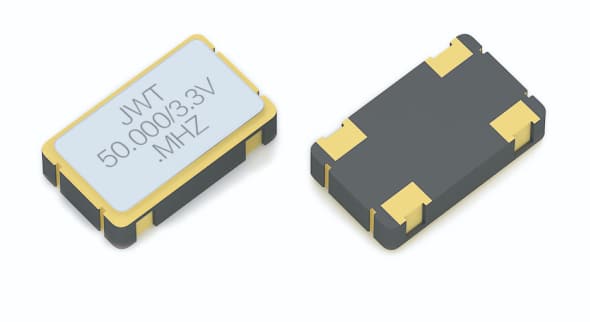How to choose a suitable temperature compensated crystal oscillator(TCXO): key parameters and performance analysis
Release time: 2024-12-31
Temperature compensated crystal oscillators (TCXOs) are widely used in high-precision fields such as communications, navigation, and the Internet of Things due to their excellent frequency stability and temperature characteristics. The following key parameters should be considered comprehensively to select a suitable TCXO:
1.Frequency stability
Frequency stability is the core indicator of TCXO, which indicates the maximum deviation of the output frequency within a specific temperature range, usually expressed in ppm (parts per million). High-precision applications (such as 5G base stations and satellite navigation) require TCXOs with ±0.1 ppm to ±2.5 ppm, while general applications such as consumer electronics can choose ±5 ppm to ±10 ppm.
2.Operating temperature range
The operating temperature range of TCXO needs to match the equipment environment. Industrial equipment usually requires -40°C to +85°C, consumer electronics is -20°C to +70°C, and extreme environments such as aerospace require wide temperature models with -55°C to +125°C.
3.Frequency range
Choose the frequency range according to application requirements. Communication equipment commonly uses 10 MHz to 52 MHz, the real-time clock (RTC) requires 32.768 kHz, and the GPS module requires a specific frequency (such as 16.369 MHz).
4.Phase noise
Phase noise affects the purity of the signal, which is especially important in RF communication and radar systems. For high-frequency applications, a TCXO with a phase noise lower than -150 dBc/Hz @ 10 kHz offset should be selected, and the requirements can be appropriately relaxed for low-frequency applications.
5.Aging rate
The aging rate indicates the change of frequency over time, usually in ppm/year. For high-stability applications (such as base stations), a TCXO with an aging rate lower than ±1 ppm/year should be selected, and generally ±2 ppm/year to ±5 ppm/year is sufficient.
6.Power consumption
Low-power design is particularly important for battery-powered devices (such as IoT terminals). Selecting a TCXO with a power consumption lower than 2 mA can extend the battery life of the device, while non-portable devices can appropriately relax the power consumption requirements.
7.Power supply voltage
The power supply voltage of the TCXO needs to be compatible with the system design. Common voltages include 1.8V, 2.8V, 3.3V, and 5V. Ensure that the power supply matches to avoid additional circuit design.
8.Package size
Space-constrained devices (such as wearable devices) need to choose small packages (such as 2.5mm x 2.0mm), while industrial devices can accept larger packages.
9.Startup time
Quick startup is critical for applications such as emergency communications. Usually, a TCXO with a startup time of less than 10 ms is selected, and within 100 ms for general applications.
10.Vibration and shock resistance
Scenarios such as automotive electronics and aerospace require TCXOs with strong vibration and shock resistance, while static environments can reduce this requirement.
11.Cost and brand
High-precision TCXOs are more expensive and suitable for high-end applications; ordinary TCXOs are suitable for cost-sensitive scenarios. Give priority to well-known brands to ensure reliability and performance.
Selecting a TCXO requires weighing parameters such as frequency stability, temperature range, power consumption, and package size according to the application scenario. High-precision applications focus on stability and phase noise, while consumer electronics focus on cost and power consumption. By making reasonable selections, you can ensure the optimal balance between device performance and cost.
Jwtcrystal is a professional TCXO supplier that provides high-quality TCXOs for customers at home and abroad. You can choose.


